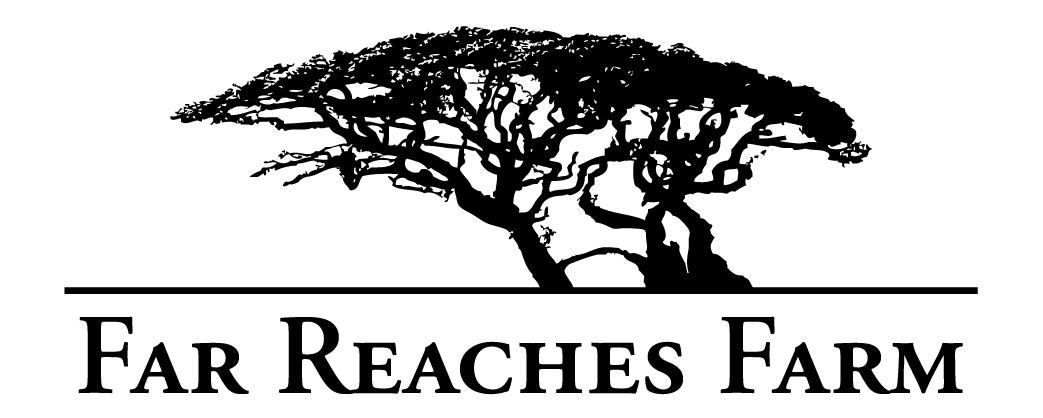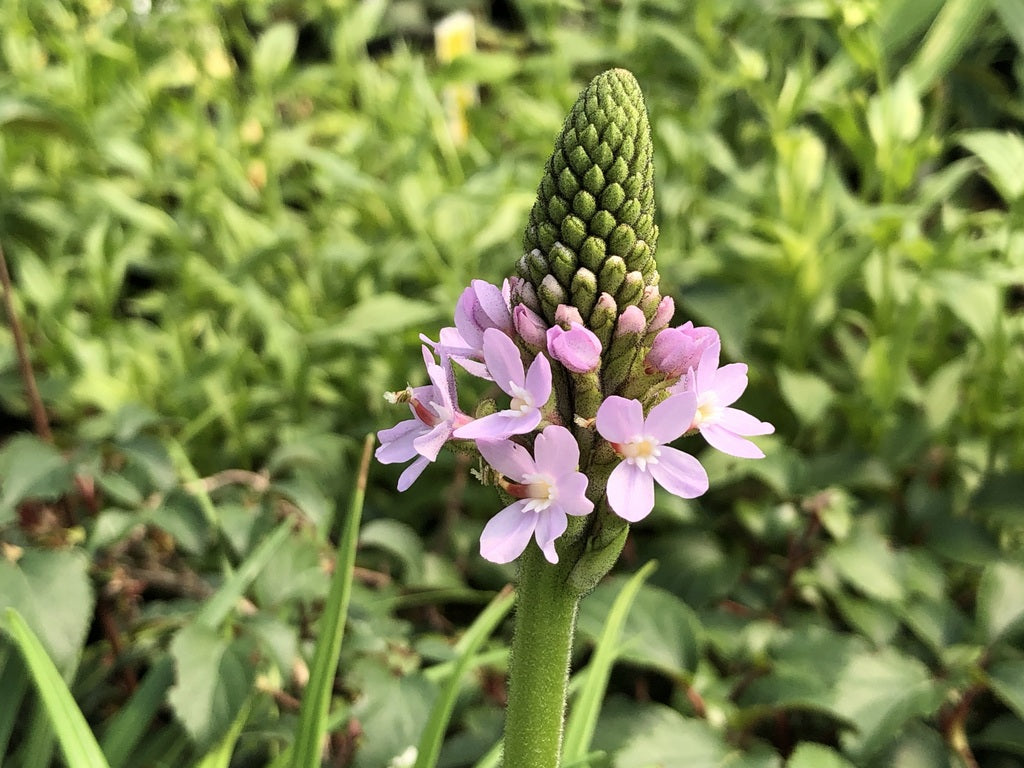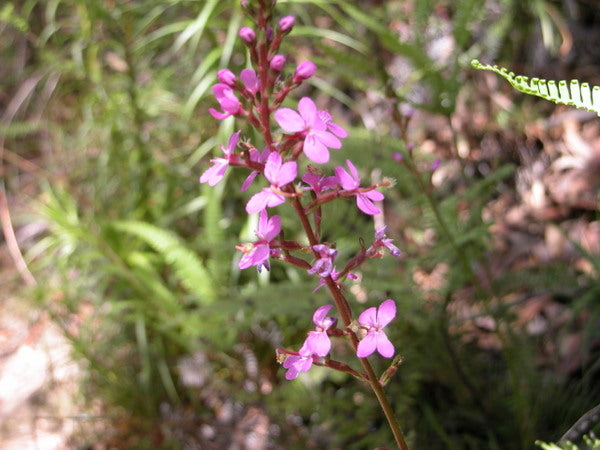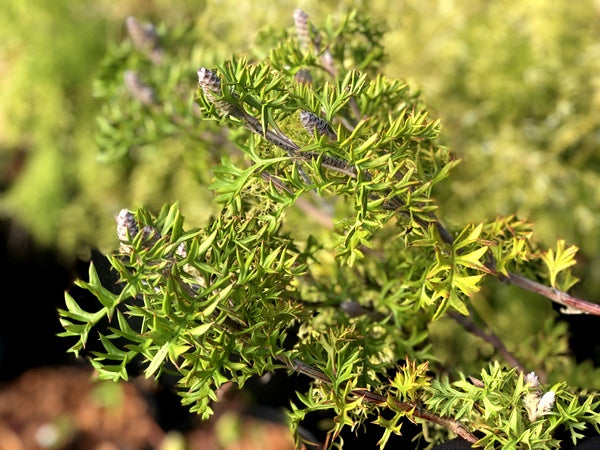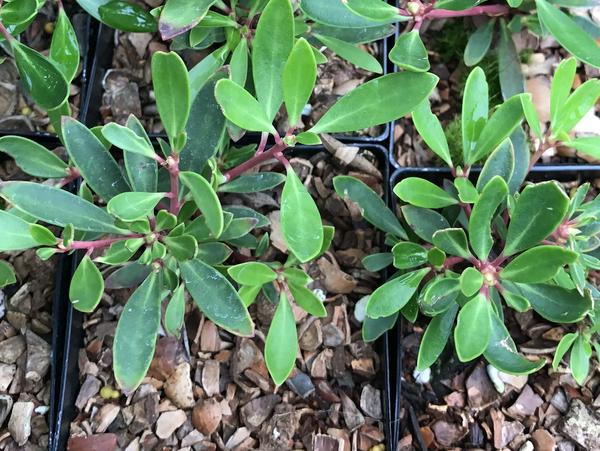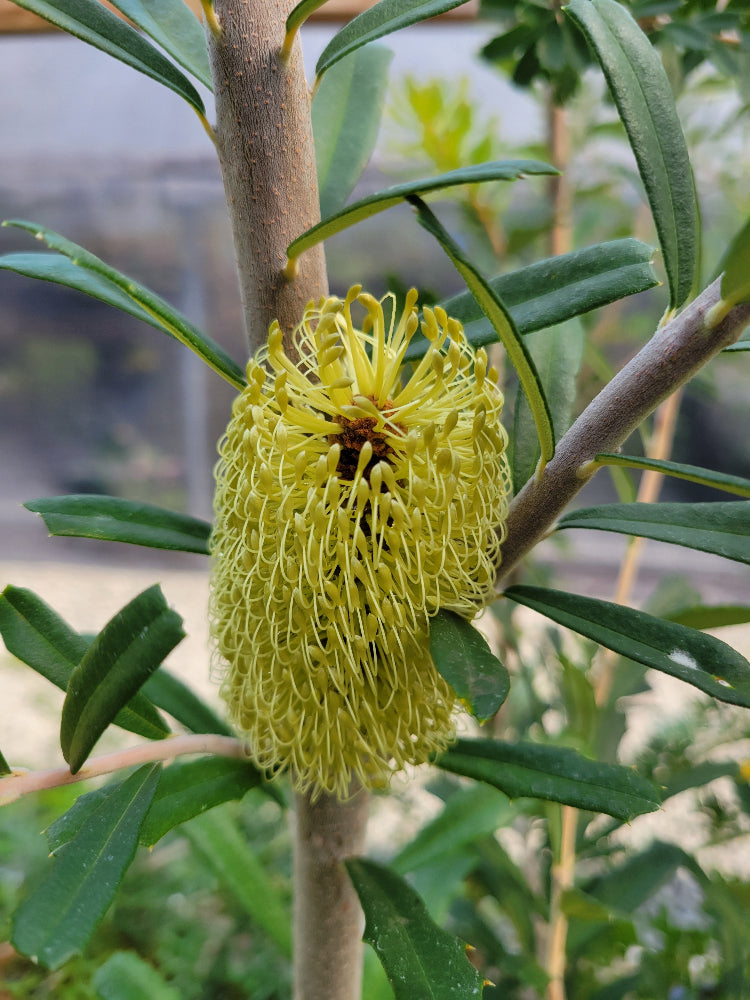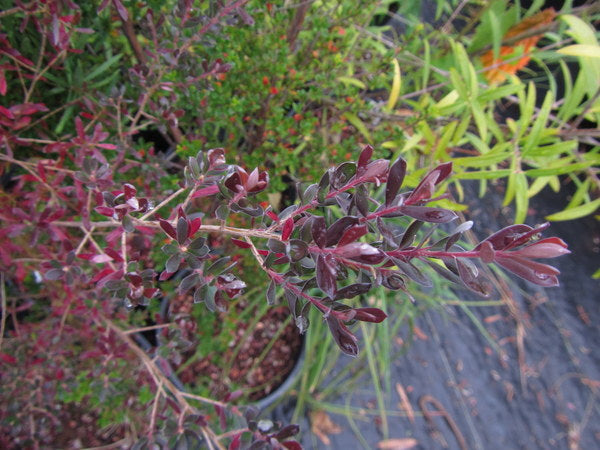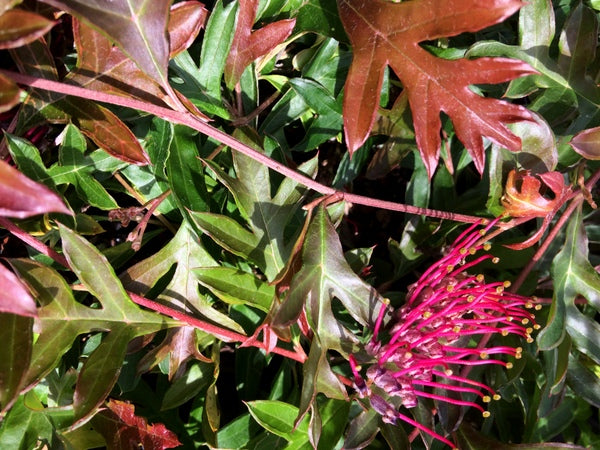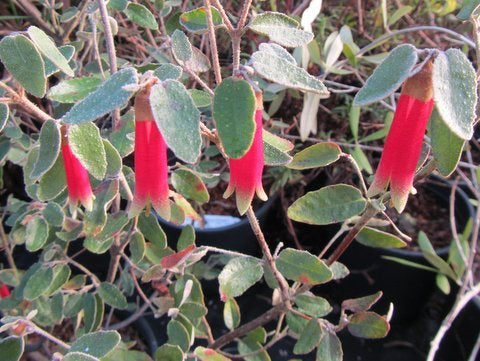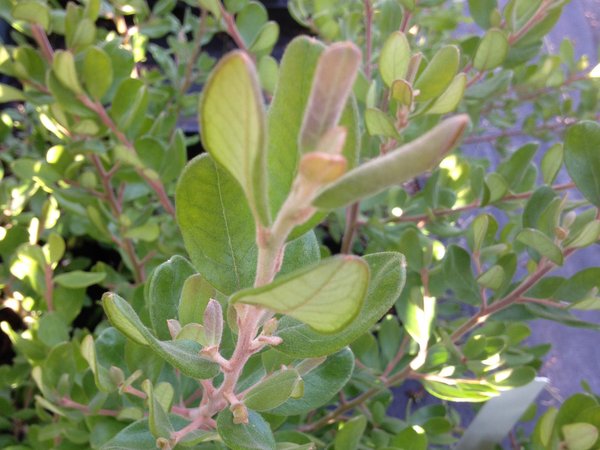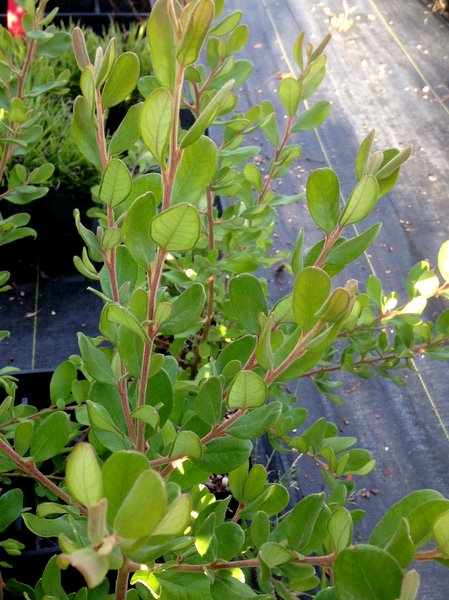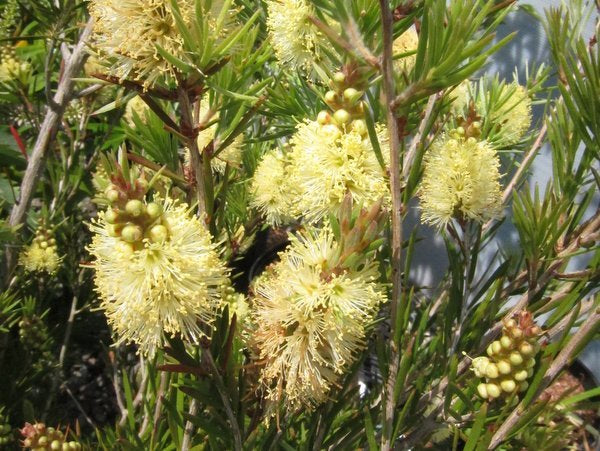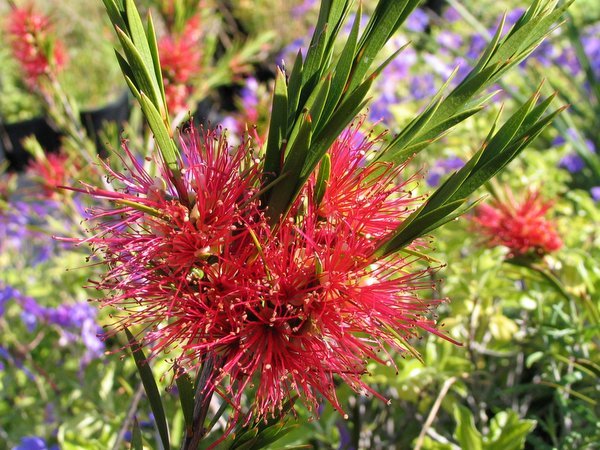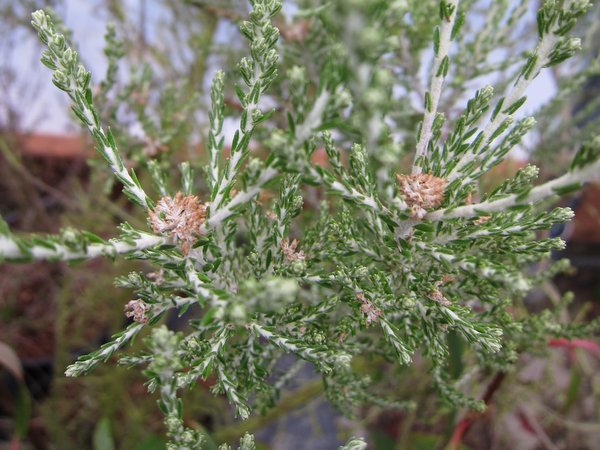Sort by:
33 products
33 products
Proteaceae is a family of plant royalty with a loyal following, and for good reason the flowers of the group are often some of the most spectacularly otherworldly and botanically intricate of any in the plant kingdom. Unfortunately we here in the PNW are limited to a few choice species in an even choicer few genera. Generally this isn't thought to include the radical "cone"-bearing Aussie group Banksia though if ever there was a species to be tried here this is the one. We have heard rumors of successful specimens in Seattle and some of the coastal-est climes of the region. For those in the Bay just buy it and revel in the stamen-loaded goodness while we weep with envy. A sheltered sunny spot with as much heat as you can muster, with decent drainage and no phosphorous will give you the best chances.
